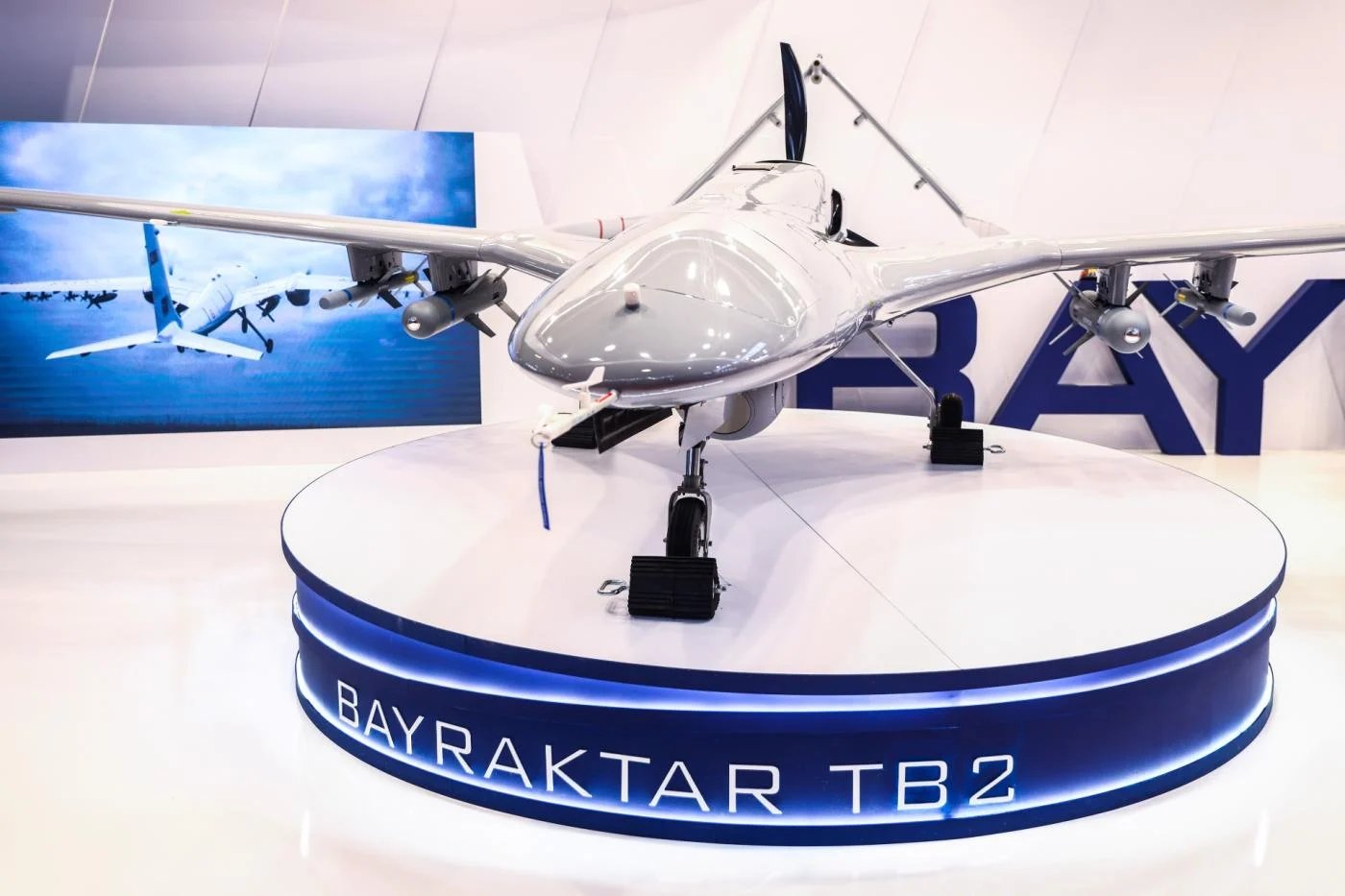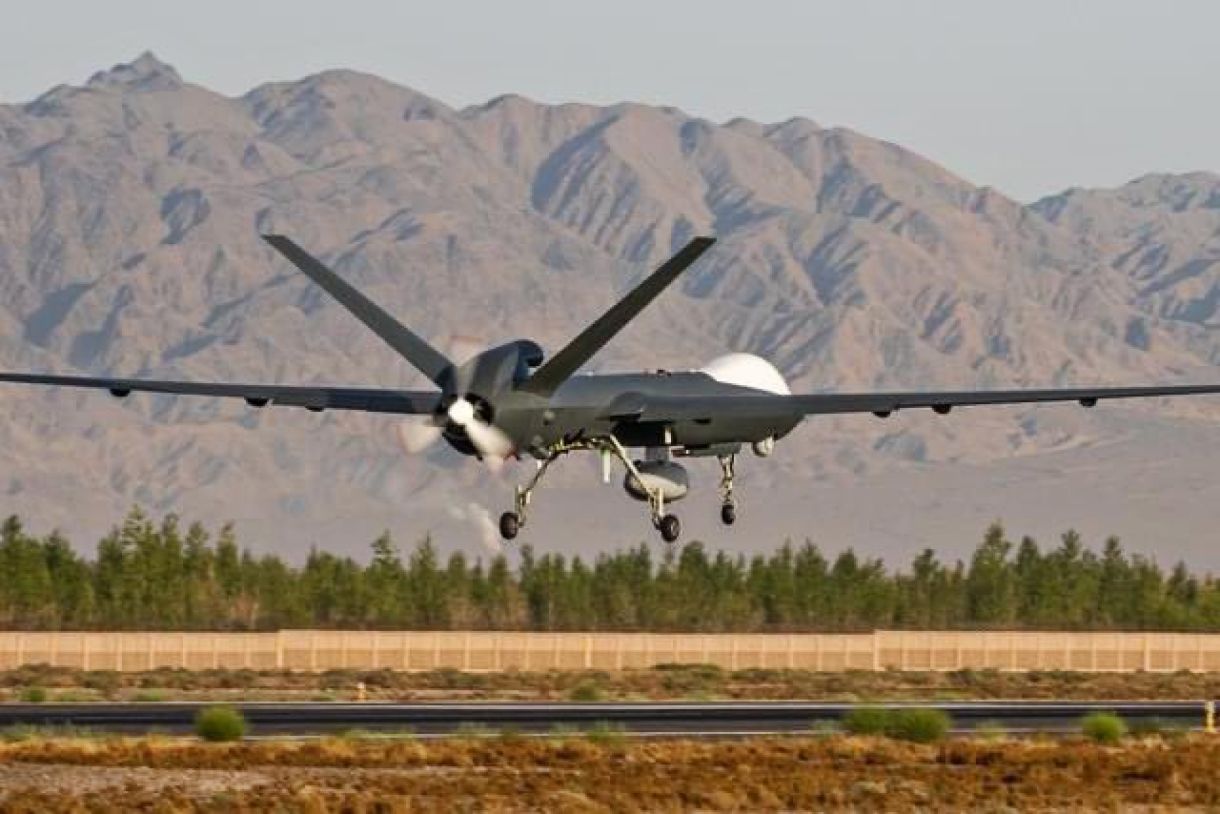Weaponized drones visiting Jammu airfield in the wee hours of 26/27 June 2021 and dropping a few kilograms of explosives, fortunately, did not result in any major damage to men or equipment, but it has woken up a nation from slumber.
We react only when an event takes place. Drones used by ‘non-state actors’ for anti-national activities are nothing new.
The use of drones in all fields has increased exponentially during the last decade, with subversive activities and silent strikes, in particular.
Status Of Drone Development
The US has used, as well as faced, weaponized drones extensively over the past three decades. Current drones are derived from Unmanned Aerial Vehicles (UAVs) concept.
UAVs are prohibitively expensive and require a huge ground control set up as a weapon, recce platform, and/or surveillance facility.
Micro miniaturization explosion has broken all technological barriers enabling ‘make at home/assemble at home’ drones to appear in the marketplace as toys.
In the initial years, the USA used ‘single-use’ drones extensively. The accuracy was not satisfactory because radio-controlled drones had three major limitations; firstly, even a momentary interruption in radio signal connectivity allowed the drone to wander off from the intended track. Secondly, it was prone to jamming, and thirdly and most importantly, a more powerful signal on the same frequency allowed someone else to take control of the drone.
With the Global Positioning System (GPS) emerging as the new navigation frontier, the drone control philosophy changed overnight. Drones following pre-programmed GPS coordinates can neither be jammed nor controlled by another agency because the absence of radio signal required for controlling the drone was no longer available to misguide/intercept/control the drone.
A toy class of drones equipped with GPS facility has replaced the proverbial ‘homing pigeon.’ The GPS-enabled drone will reach its intended destination without fail unless physically intercepted.
Therefore, physical drone interception has become paramount to preventing drone attacks. A GPS-enabled drone can deliver medicines to inaccessible areas, but the same drone can also deliver an explosive with equal accuracy and reliability.
There is no way of establishing which drone carries medicines for delivery, pizza from pizza hut, or an explosive. There is no Identification Friend or Foe (IFF) system on drones. Only known IFF system-equipped drones are with USAF.
Are we then going to engage and shoot every drone that is seen? An impractical and unachievable, and extremely expensive proposition/task. Recently USAF used an air-to-air missile costing around USD 4,00,000 to shoot down a Chinese balloon costing nearly USD 4,000.
Possibility Of Intercepting A Drone
Any aerial platform can be intercepted provided it is detected well in time, i.e., preferably before it reaches the weapon release line (WRL). Worldwide drone interception has been difficult, if not impossible. More often than not presence of drones has been identified after the attack. The problem with drone detection are:
- Extremely Low Noise Level. Low noise does not permit drone spotting until it is virtually overhead.
- Insignificant Heat Signature. Insignificant heat signature rules out the possibility of engagement by heat-seeking SAMs.
- Very Small Radar Cross Section (RCS). Low RCS does not allow conventional ground/airborne radars to pick up drone signatures on the radar scope.
Neutralizing A Drone
Visual detection is a possibility during daylight hours. In the darkness, spotting and engaging a drone will be nearly impossible. Sharp Shooters cannot be considered a worthwhile deterrent against drone attacks.
It might be an option, where drone protection is envisaged for a limited window of a few hours during daylight hours viz for Republic Day Parade or August 15 PM’s address from ramparts of Red Fort. 24×7 protection of vital installations cannot be achieved in this manner.
Therefore, comparing the two requirements and claiming drone detection and neutralization capability availability is factually incorrect.
Few countries have tried to develop drone detection technology, but no detection system has achieved any reliability/accuracy. In the foreseeable future, drone detection will remain a difficult, if not an impossible task.
US Military in Iraq has been flooded with small drones involved in surveillance, intelligence gathering, and real-time photography. A few drones captured and/or shot down were also found to have ECM/ECCM facilities.
Every such facility on the drone operates autonomously and is virtually jam-proof. Iranian drones used by proxy militias (in India, we call them Non-state actors) against the US military in Iraq have been a highly effective security threat.
Gen. Frank McKenzie, the top US general in the Middle East, said, “drones are the biggest threat to US forces in the region.”
Drone attacks have succeeded in reaching high-value targets without being detected. For instance, an Iranian drone scored a direct hit on a CIA hangar in Erbil. A few drones that were shot down were due to the visual sighting. US Military tried various methods to spot drones during dark hours by installing flood lights on the perimeter. Instead of helping in detection, the floodlights became the source of the location of a sensitive location.
The most significant and devastating drone attack yet was on the Saudi Oil Refinery, which a mix of AD Guns and SAMs heavily defended. An unconfirmed report stated that the drones could have been launched as far away as 100 km or more.

Drone Developing Nations
Iran and Turkey have made exponential progress in drone development, much smaller than US drones/UAVs, viz Global Hawk and MQ-9 Reaper.
Both countries have excellent relations with Pakistan and may have supplied/may supply these inexpensive but highly effective instruments of war in the future. Needless to say, these will be/are being used against Indian targets.
The drone threat to Indian establishments is real. Iranian drones are in different sizes, varying from five feet to 15 feet in wing span, and can carry up to 30 kg of explosives.
A pointed attack with GPS enabled drone carrying a 30 kg explosive can destroy an aircraft, radar antenna, vehicles, and many other targets. It can drop the load and return to a pre-designated place, which can differ from the launch place.
DRDO has developed drone detection equipment, which has already been tried out successfully. But like all other systems developed by other nations, the effective detection range and hard/soft kill is barely a few km.]
Swarm drone attacks over a military establishment, oil refinery, or industrial unit will result in catastrophic destruction. The soft kill capability of the DRDO-developed system is claimed. Deploying an operational drone detection system in large numbers is still a long way off.
Even if drone detection systems are deployed operationally, they will not guarantee 100% kill success before a weaponized drone releases the explosive. In the case of a kamikaze drone, the explosives will still drop at/near the target, even if a drone were to be shot down in the vicinity of the intended target.

Pak/China Drone Threat To India
Pakistan-aided terrorists, commonly known by fancy names such as ‘non-state actors,’ have access to weaponized drones with multi-mission/single-mission capability.
Unlike a rocket, which must be launched near the target, drones can fly up to a much farther range and be launched from anywhere. Smaller ones can simply be dropped off of a roof. The larger ones can take flight from the back of a pick-up truck, according to sources familiar with the technology.
Chinese drones must have been inducted in Pakistan. These lightweight drones carrying explosives must be on the terrorist demand list.
Media has recently reported the supply of 50 WING LOONG weaponized drones of Chinese origin to Pakistan. But more significant is the nonreporting of huge sales of toy drones of Chinese origin worldwide, which can be used for delivering explosives.
A drone threat is real and is far more difficult to neutralize than a modern fighter. The stealth and low cost of drones make them an extremely affordable weapon in the hands of disgruntled non-state actors.
China, Iran, and Turkey are known to be the largest producers of small drones. Pakistan has excellent relations with all three.
Drone Limitations
Despite all the advantages that drones have, there are also huge limitations. These are;
- For a successful drone attack, the drone has to be GPS enabled. Accurate target coordinates should be available,
- For a pinpoint attack, drone programming for navigation and a selection of weapon release points will require adequate expertise.
- Depending on drone capability, flight altitude can vary from a few hundred meters to a few km. For accuracy, weapon release must be from a relatively low altitude.
- Drones are fragile machines and can be destroyed/damaged with a direct hit from a rifle bullet.
- Rotary-wing Drones fly at low speeds as compared to fixed-wing drones.
- Infra Red sensors fitted drones have already been operating in the middle east.
Future
Given readily available ‘Do It Yourself’ (DIY) kits, drone proliferation, cannot be controlled. Add-ons viz GPS, Weapon Holding Basket/Claw, and Onboard Camera for transmitting live pictures en route/target area can be readily assembled.
As of date, a slap on Laser Range Finder (LRF) equipment is not commercially available. However, in the near future, drones might be equipped with LRF, enabling the drone to deliver weapons with pinpoint accuracy.
Recommendations
- Ideally, there should be a total ban on any drone flying, including toy drones. Most, rather all radio controlled toy drones are of Chinese origin. Merely establishing ‘no-fly zones’ near sensitive installations will serve no purpose.
- Indian Military must consider using drones for round-the-clock surveillance of sensitive areas viz airfields, both day and night, by evolving suitable SOPs to stay out of aircraft flight path. A ‘friendly’ drone might restrict the freedom of operation of a hostile drone.
- The introduction of administrative procedures viz licensing for possession of drones must become as important and stringent as owning a handgun.
Until a genuine drone detection and neutralization system becomes operationally viable and available, drone threat will remain a threat, especially close to disturbed border areas.
As of date, there is no anti-drone system that can be considered to be even 10% effective anywhere in the world. GPS-enabled drones carrying explosives will invariably be used during the night.
- Gp Cpt TP Srivastava (Retd) is an ex-NDA who flew MiG-21 and 29. He is a qualified flying instructor. He commanded the MiG-21 squadron. He is a directing staff at DSSC Wellington and chief instructor at the College of Air Warfare. VIEWS PERSONAL
- Follow EurAsian Times on Google News




